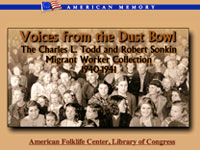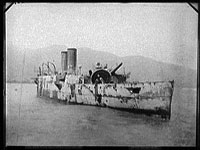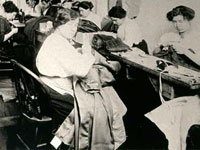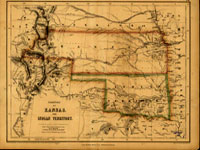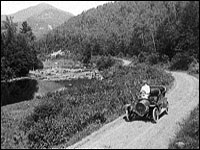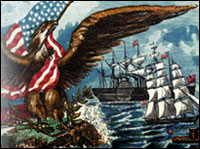American Environmental Photographs, 1891-1936
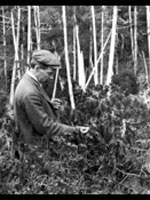
These approximately 4,500 photographs document natural environments, ecologies, and plant communities in the United States at the end of the 19th and the beginning of the 20th century. Produced by American botanists between 1891 and 1936, the photos describe various ecosystems and landforms across the United States. Users can search for specific plants and some animals as well as for landforms, natural events, and weather patterns.
The collection is a bit odd in that it mixes genres and types. Clicking on the region "Pennsylvania" produces eight images, ranging from pictures of dogwoods to a photo of tree rings to three pictures of the Pittsburgh flood. A timeline and an essay on "Ecology and the American Environment" provide valuable background information as well as a bibliography. These materials are useful as record of early environmental thinking as well as a document of vanished landscapes.

